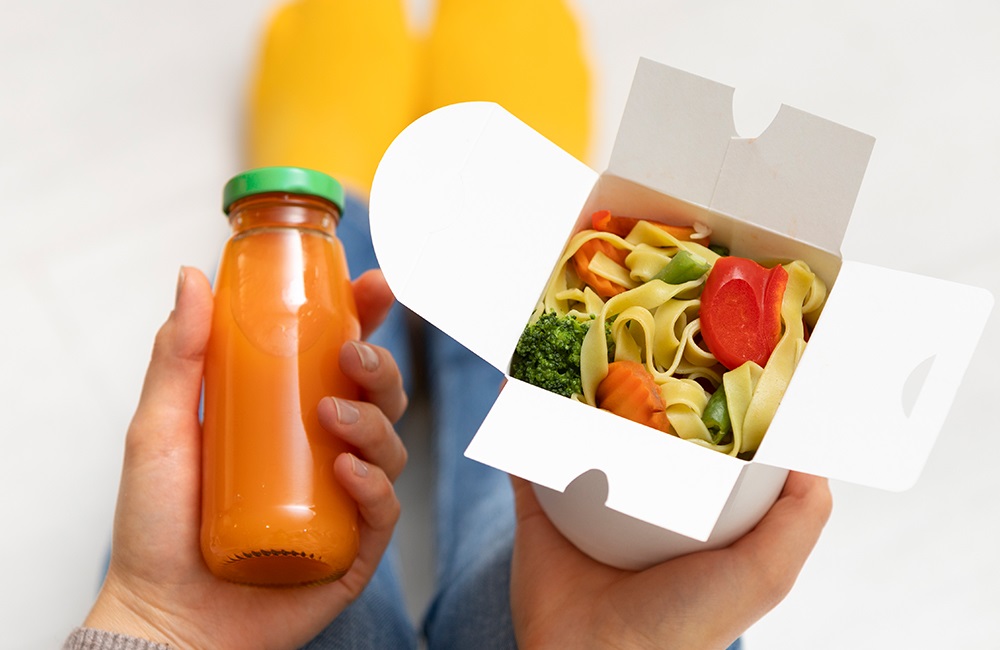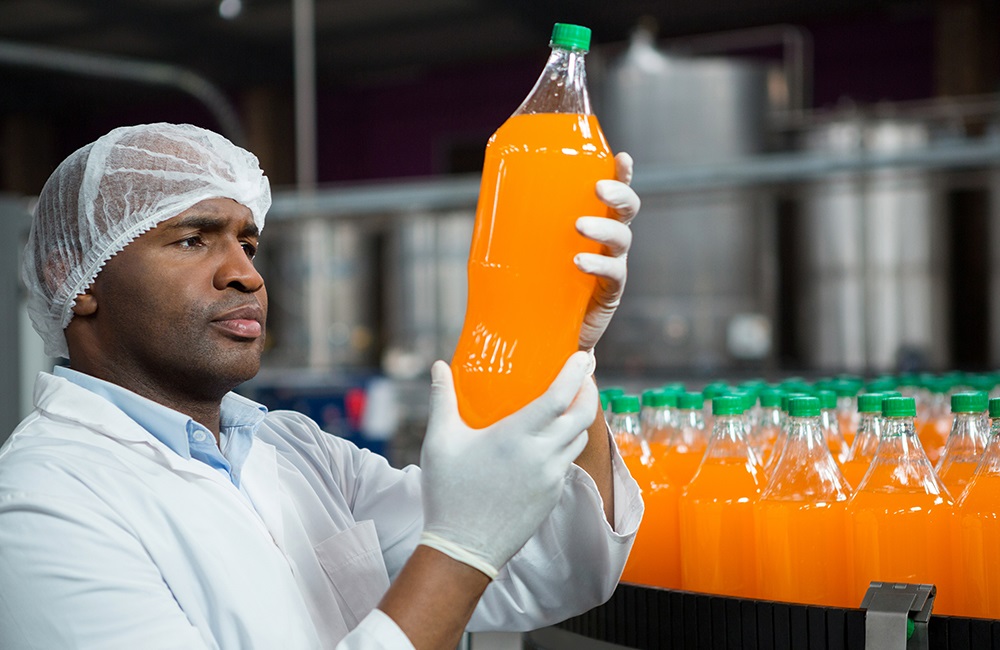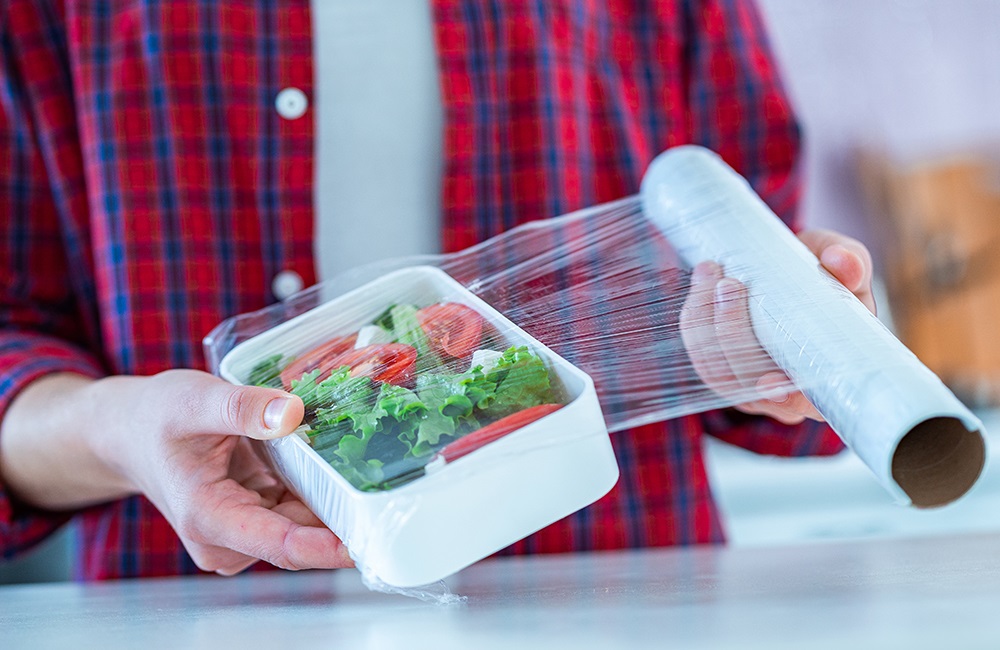Doesn’t packaging material interfere with your dream product to ensure it is safely exported to other countries? So, take heed to your brand products leaching testing of packaging materials before the marketing chain.
Manufacturers are often aware of these dangers and take steps to mitigate them. They frequently employ packaging materials that are specifically formulated to be safe for the intended product. Regulatory authorities also develop standards and recommendations for packaging materials to assure their safety for consumer usage.
However, it is always a good idea to be aware of the many forms of packaging used for items, especially if you have specific concerns about certain chemicals or materials. Choosing items with packaging that explicitly declares they are free of toxic chemicals, or moving to alternative packaging alternatives such as glass or stainless steel containers, can help to decrease potential exposure to harmful compounds.

Analysis of migration of food contact materials in your food packaging.

The process for the migration of food contact materials is shown below:
Researchers choose the packaging materials to study. These could be plastics, paper, metals, or coatings used in food packaging.
Researchers may also look into the kinetics of migration, such as diffusion rates and the effects of temperature and time on migration behaviour.
The packing material comes into touch with a food simulant, which duplicates the properties of the actual food (for example, fatty meals and acidic foods). To imitate real-world events, the interaction might take place under-regulated parameters, such as specific temperatures and durations. The moving molecules are then identified and measured using analytical techniques like chromatography (gas and liquid chromatography) and spectroscopy (mass spectrometry) and by gravimetrically. (IS 9845)
Packaging samples are produced for testing. This may include cutting or grinding the material to increase its surface area for extraction, and depending on the nature of the compounds to be analysed, several extraction techniques may be used.
What is a type of Migration of Food?

Partitioning: Partitioning migration occurs when compounds in packing material dissolve into food due to their solubility in the food matrix. This form of migration is commonly observed when lipophilic (fat-loving) compounds migrate into fatty foods.
Permeation: Permeation happens when compounds pass through the packing material via molecular pores or flaws. This form of migration occurs more frequently in porous packaging materials such as paper and cardboard.
Set-off or Transfer: Set-off migration occurs when contaminants from one surface of the packaging material contaminate the food or another surface within the packaging. Physical contact, as well as pressure, temperature, or moisture, can all cause this.
Migration from Printing Inks or Labels: Inks and labels used on packaging can also migrate into food, particularly if they come into close contact with the food or are not properly cured or affixed to the packing material.
How to reduce the migration of food contact materials?

What are the limitations and laws regarding the migration testing of food contact materials?

United States: The Federal Food, Drug, and Cosmetic Act governs the regulation of food contact materials by the United States Food and Drug Administration. The FDA specifies migration limits and requirements for compounds used in FCMs through the Food Contact Notification (FCN) programme and Title 21 of the Code of Federal Regulations (CFR).
India: The Food Safety and Standards Authority of India (FSSAI) implemented new packaging requirements to improve food safety. The regulations cover both basic and specialised criteria for packing materials. The recommended migration limit for plastic packing materials is 60 mg/kg (or 10 mg/dm2), with additional restrictions for certain pollutants. The goal is to safeguard food from microbiological, chemical, physical, and atmospheric contamination while assuring customer safety. Good packaging also protects food quality and increases shelf life. These regulations went into effect on July 1, 2019.
Cultivator Phyto Lab can assist your products for migration testing as per required by national and international regulations.

Authors

Dr. Sanjoy Gupta (Ph.D)
Senior Officer- Training and Capacity Building
Dr. Sanjoy Gupta is a seasoned researcher with 13 years of experience across plant biotechnology, health science, nutrition, phytoplankton, and botanical studies. He has conducted research at reputed institutions like CSIR IIP, BSI, NIOT, and Cultivator Natural Products. With over a dozen published articles in national/international journals and thoughtful blog contributions, Dr. Gupta’s multidisciplinary expertise advances knowledge in holistic wellness and scientific innovation.

Sajid Hussain
Deputy Technical Manager (Food/Water/AYUSH/Cosmetic - Testing)
Sajid Hussain is a versatile analytical science expert with M.Sc. degrees in Food & Nutrition, Chemistry, and relevant diplomas. Boasting over 10 years of experience across diverse domains like food testing, pharmaceuticals, environmental studies, and more. A seasoned auditor for NABL, FSSAI, BIS, and ISO accreditations. Holds FSSAI Food Analytical certification and AYUSH approved chemist credential. Contributes research articles and blogs, showcasing technical proficiency. A distinguished figure in analytical science with a proven track record.
- Alamri MS, Qasem AAA, Mohamed AA, Hussain S, Ibraheem MA, Shamlan G, Alqah HA, Qasha AS. Food packaging’s materials: A food safety perspective. Saudi J Biol Sci. 2021 Aug;28(8):4490-4499. doi: 10.1016/j.sjbs.2021.04.047. Epub 2021 Apr 24. PMID: 34354435; PMCID: PMC8325021.
- Catherine, S. (2008). Chapter 21 Food contact materials. In Comprehensive analytical chemistry (pp. 733–773). https://doi.org/10.1016/s0166-526x(08)00021-4
- Cruz, R. M., Rico, B. P., & Vieira, M. C. (2019). Food packaging and migration. In Elsevier eBooks (pp. 281–301). https://doi.org/10.1016/b978-0-12-817190-5.00009-4
- https://law.resource.org/pub/in/bis/S11/is.9845.1998.pdf
- europarl.europa.eu/RegData/etudes/STUD/2016/581411/EPRS_STU%282016%29581411_EN.pdf
- https://eur-lex.europa.eu/LexUriServ/LexUriServ.do?uri=OJ:L:2011:012:0001:0089:en:PDF
- https://www.accessdata.fda.gov/scripts/cdrh/cfdocs/cfcfr/CFRSearch.cfm?fr=170.39
- https://krishi.icar.gov.in/jspui/bitstream/123456789/70425/1/19.pdf
- https://fssai.gov.in/upload/uploadfiles/files/Compendium_Packaging_01_02_2022.pdf

